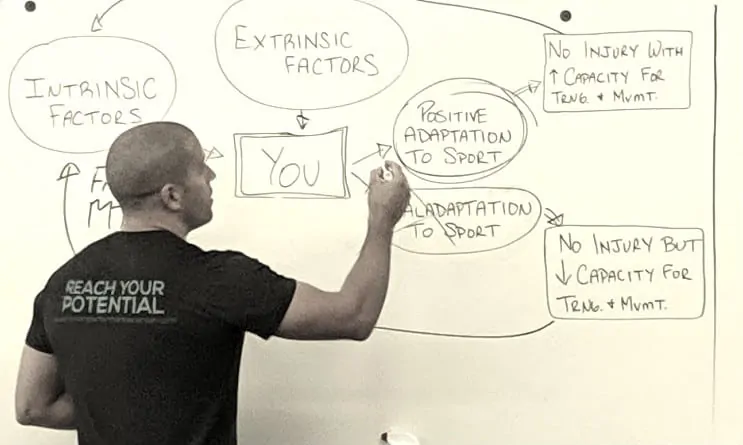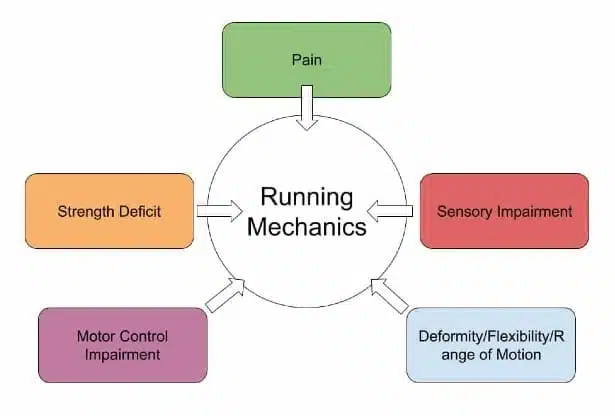
Find related articles and learn more about our process at SPC.


What is a Trigger? We use the term trigger as a catch-all term for the activities and movements during the day that makes symptoms worse. Trigger investigation is critical because they are the bane of feeling better. The term, trigger, is an event that causes something else to happen. You trigger the headache when you look over your shoulder. You trigger back pain when you move from sitting to standing. You trigger the shoulder pain when you reach for the shelf. Sounds simple? Unfortunately, determining all of the triggers to your symptoms is as difficult as it is important. We obsess about triggers and draw boxes and lines going all over! Why do we obsess on trigger management instead of building a huge list of physical therapy exercises? Imagine this scenario. I am hitting a nail into the wall. Instead of hitting the nail, I manage

Cramping is at the top of the list of common problems that we think are misdiagnosed and mismanaged. Watch the following video to learn more!

We perform running analyses every day. Viewing your running pattern lets us see you move from one phase of running to the next, from stance to float to swing. There is always something present that would fall out side of what others consider perfect form. Over striding may be present. You may appear to pronate too much. You may be a heel or forefoot striker. We may see that your knees hit together. But we do not start with a running analysis. The insights above may get you back to running. However, the truth is that analyzing running gait is not enough. The how and why someone runs with their current pattern or why they keep having an injury cannot be determined by watching them run without checking out the other 5 contributors. Resolving it is not as simple as a switch to a midfoot or forefoot, which is the